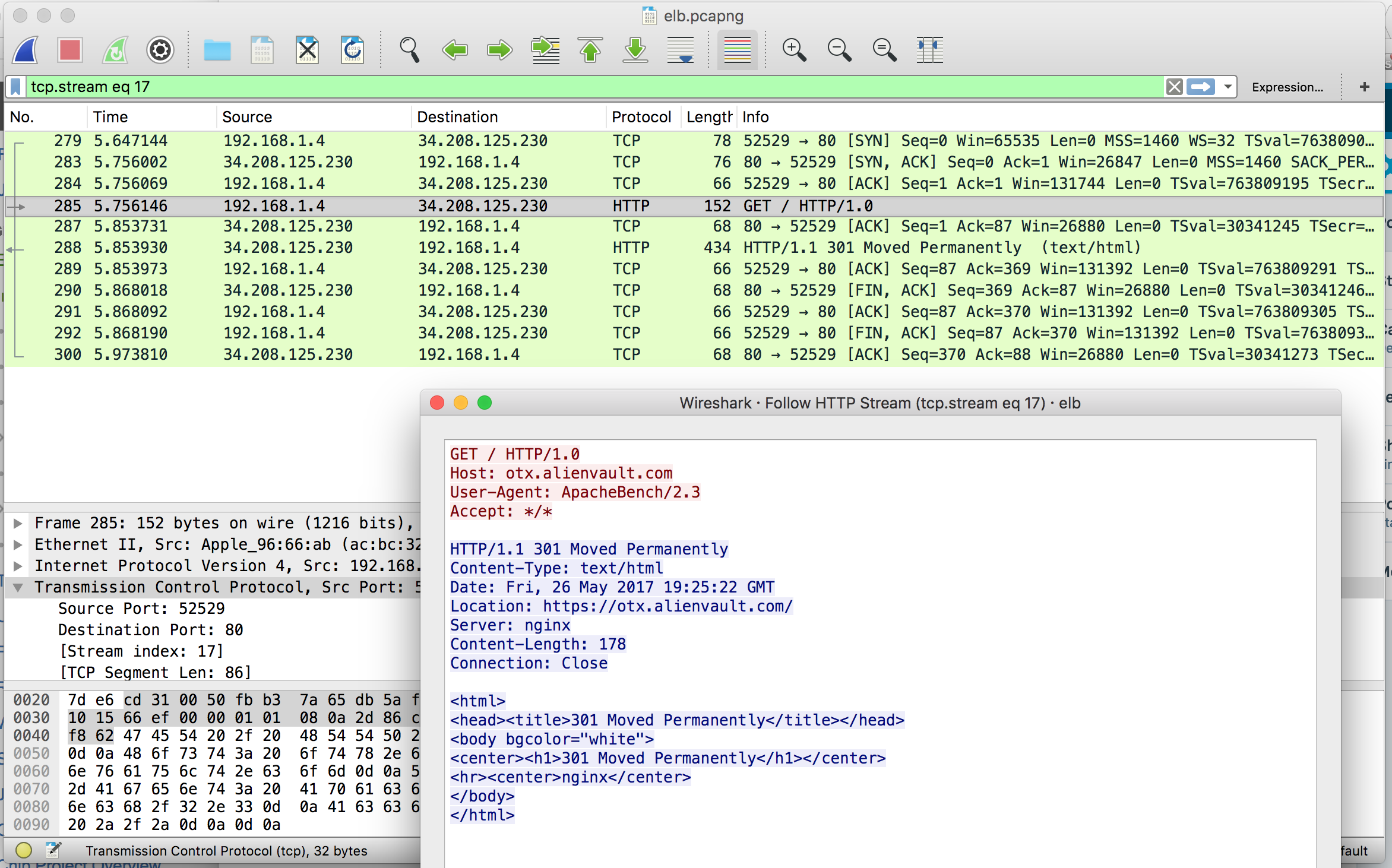

Capture all packets in any interface by running this command: $ sudo tcpdump -interface any Let's use it to start capturing some packets. The special interface any allows capturing in any active interface.

In the example above, you can see all the interfaces available in my machine.

To begin, use the command tcpdump -list-interfaces (or -D for short) to see which interfaces are available for capture: $ sudo tcpdump -DĤ.any (Pseudo-device that captures on all interfaces) To capture packets for troubleshooting or analysis, tcpdump requires elevated permissions, so in the following examples most commands are prefixed with sudo. You're ready to start capturing some packets. If it's not installed, it will be automatically added as a dependency. Tcpdump requires libpcap, which is a library for network packet capture. If tcpdump is not installed, you can install it but using your distribution's package manager. For example, on CentOS or Red Hat Enterprise Linux, like this: $ sudo dnf install -y tcpdump Check whether tcpdump is installed on your system with the following command: $ which tcpdump Tcpdump is included with several Linux distributions, so chances are, you already have it installed. In this article, we'll look at some of tcpdump's most common features. It can also be launched in the background or as a scheduled job using tools like cron.

Since it's a command line tool, it is ideal to run in remote servers or devices for which a GUI is not available, to collect data that can be analyzed later. It is often used to help troubleshoot network issues, as well as a security tool.Ī powerful and versatile tool that includes many options and filters, tcpdump can be used in a variety of cases. Tcpdump is a command line utility that allows you to capture and analyze network traffic going through your system. 10 command-line tools for data analysis in Linux.


 0 kommentar(er)
0 kommentar(er)
